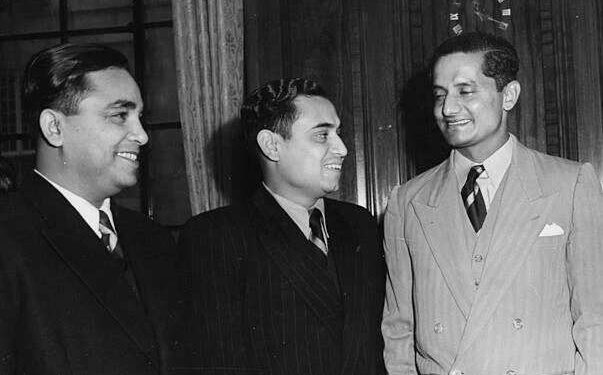History News Desk!! Dr. Radhabai (English: Dr. Radhabai, born- 1875 AD, Nagpur, Maharashtra; died- January 2, 1950) was one of the famous women freedom fighters and social reformers. She remained at the forefront of all the movements of the Father of the Nation, Mahatma Gandhi. Her role was very important in all the movements like communal unity, Swadeshi, women’s awakening, prevention of untouchability, prohibition of liquor. Radhabai’s contribution in ending many evil practices prevalent in the society is also unforgettable.
Birth
Radhabai was born in Nagpur, Maharashtra in 1875 AD. She had a child marriage at a very young age. She became a widow when she was only nine years old. She found a lovely friend in her neighbour’s house, with whom she started living. Along with that, she started learning Hindi and also started working as a midwife. But one day the neighbor friend also passed away. Her son and daughter remained Radhabai’s brothers and sisters. No one even knew that she belonged to another family.
business start up
Radhabai came to Raipur in 1918 and started working as a midwife in the municipality. She did her work with so much love and dedication that she became a mother to everyone. Radhabai started being called Dr. as a popular title. Seeing his spirit of service, the municipality had arranged for him a horse and carriage.
influenced by gandhiji
When Mahatma Gandhi came to Raipur for the first time in 1920, Dr. Radhabai was very impressed by him. He felt that he had found a guide. She continued participating in every Satyagraha from 1930 to 1942. Who knows how many times she had gone to jail. The jail officials also respected him.
protest against untouchability
Radhabai had done very important work in protest against untouchability. She used to go to the colony of sanitation workers and clean the colony. She bathed her children with great love. She used to teach those children. Dr. Radhabai did not believe in religious discrimination. People of all religions used to come to his house. She used to worship Muslim brothers on the day of ‘Bhai Dooj’ and would cook food herself and feed them.
social reform work
When Mahatma Gandhi came to Raipur for the first time in 1920, farmers’ Satyagraha was going on in a village named Kandel in Dhamtari tehsil. Gandhiji’s influence was widespread in Chhattisgarh. Since then, Dr. Radhabai remained at the forefront of all the movements led by Gandhiji. At that time Prabhat Pheri was taken out every day. Women were at the forefront in selling khadi and spinning the charkha. The women who came to listen to Ekadashi Mahatmya, all of them started discussing about the interest of the country. Dr. Radhabai used to sit there to teach charkha. Everyone would sing together – “May the string of my charkha not break, may the charkha keep running.” While doing this she would roam around different places. Her house which was in front of Mominpara Mosque, other sisters used to gather there – Parvati Bai, Rohini Bai, Krishna Bai, Sita Bai, Rajkunwar Bai etc.
After spinning the charkha, she would take out Prabhatpheri. She used to prepare for Satyagraha, set out cleaning teams, tried to stop the practice of purdah, Jagannath Temple in Sadar Bazaar became the place of Satyagraha. Sisters of all castes would give speeches against the practice of purdah. The women of Marwari community who felt suffocated due to the practice of purdah, tried their best to end this practice. There was no purdah system in Chhattisgarh. There was no tradition of wearing a blouse. If someone wore it, it would be said that she was wearing a dancer’s outfit. Pandit Sunderlal Sharma’s wife Smt. Bodhani Bai was the first to start wearing blouses with his inspiration. Gradually all the women started wearing blouses.
End of ‘Kisbin Nacha’
A very important work of Dr. Radhabai was to “liberate the sisters engaged in prostitution”. At that time, there used to be dance of prostitutes in the houses of feudal lords in the villages and cities of Chhattisgarh, in which ‘Devdasi practice’ and ‘Medni practice’ were prominent, it was called “Kisbin Nacha” in Chhattisgarhi language. This practice continues even today at many places in Chhattisgarh. A separate caste of people who danced “Kisbin Nacha” was formed. These people started offering unmarried girls of their own families for ‘Kisbin Nacha’. Everyone along with Dr. Radhabai opposed this practice and ended it. This practice was first abolished in a village named Kharora. The people here had started farming. This unique change was possible only because of Radhabai.[1]
demise
Dr. Radhabai died on January 2, 1950 at the age of 75. His house was given to an orphanage.






